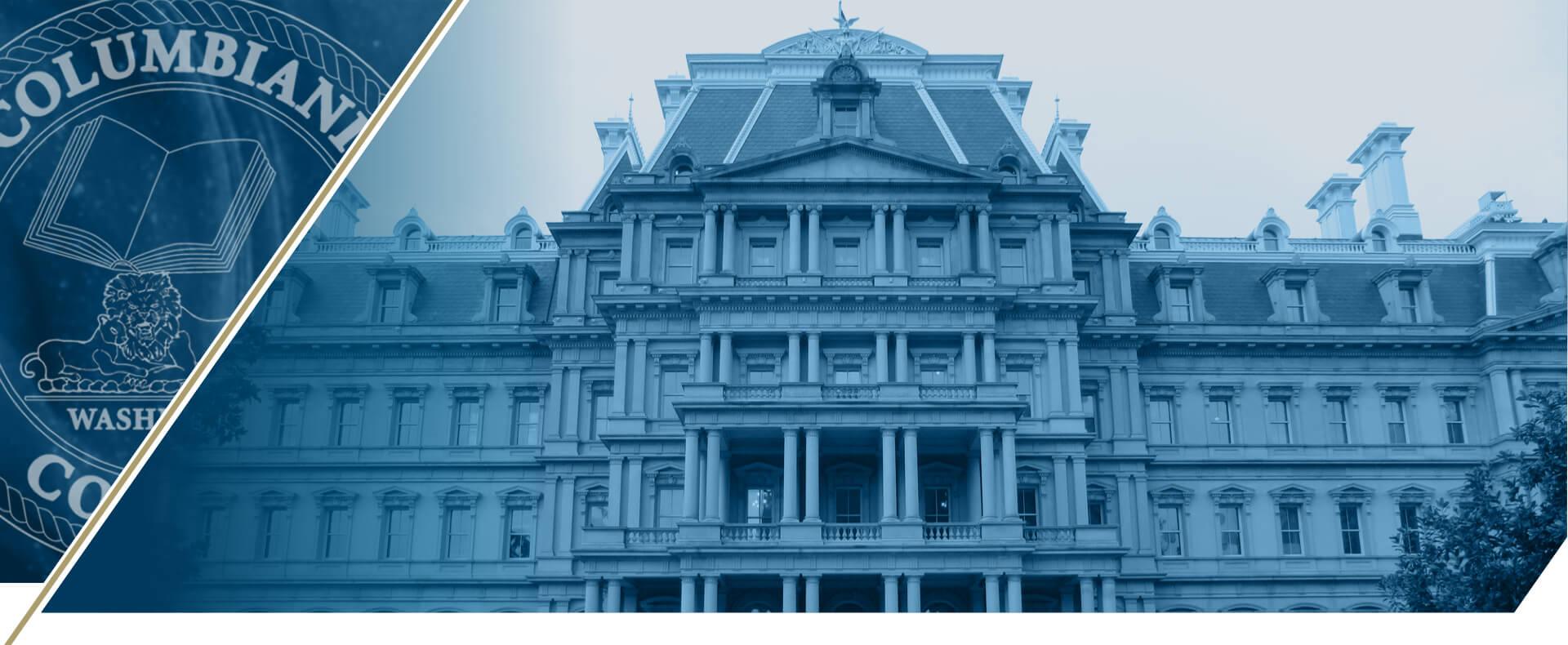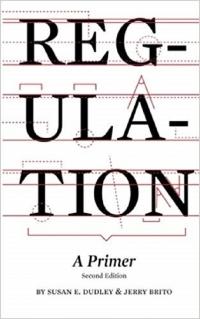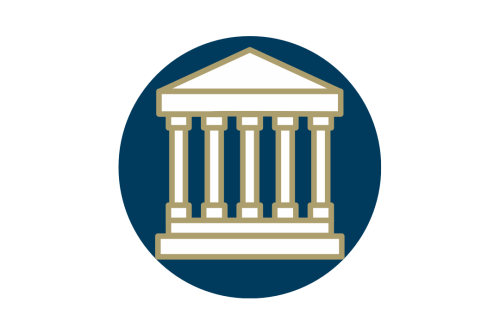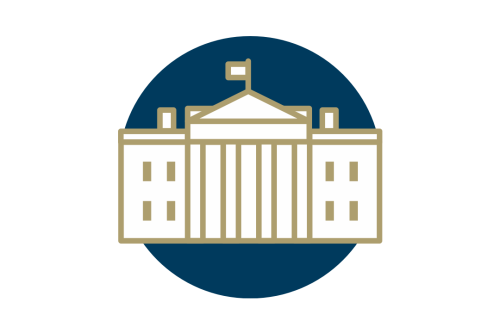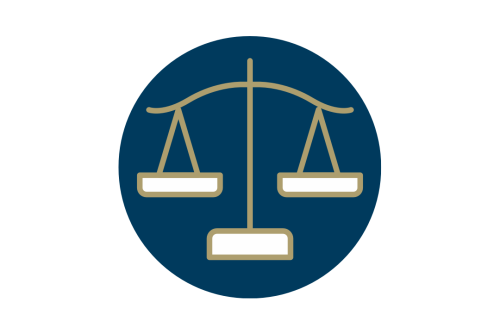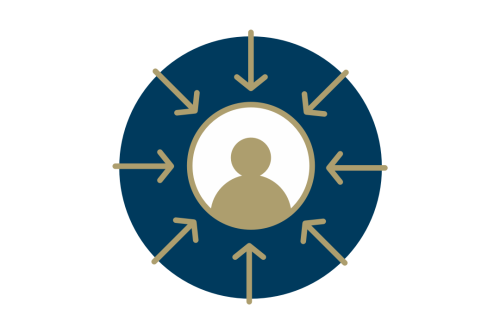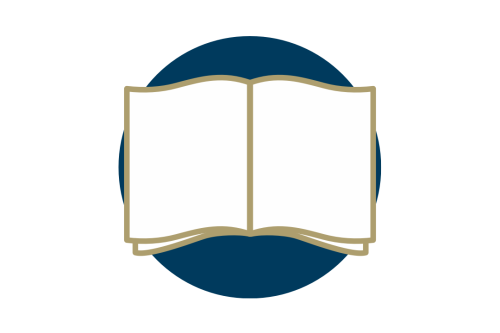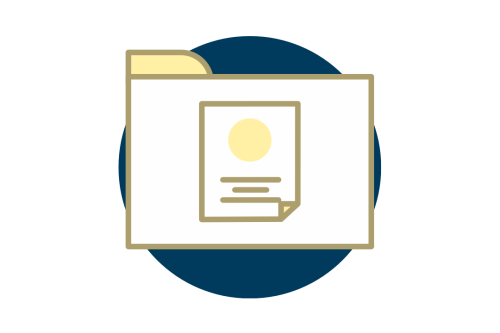Regulation 101
Regulation is one of the most important tools at the federal government’s disposal for achieving policy goals, yet the process by which regulation is developed--and the effects regulations have on society--are not well understood. This page describes each branch of the federal government’s role in developing regulations and how the general public can get involved in the rulemaking process. We also provide links to books, websites, and journals that focus on regulation, as well as a few of the seminal articles on regulatory theory and practice so you leave this page with a more thorough understanding of this important policy area.
To help you better understand some of the specific language used in the following documents, view our Relevant Terminology page.
REGULATION: A Primer
This primer authored by Susan E. Dudley and Jerry Brito provides an overview of regulation, including theoretical frameworks for understanding regulation, constitutional underpinnings, the process of writing and enforcing different varieties of regulation, and analytical approaches to understanding regulatory effects.
Available for purchase on Amazon, or can be downloaded as a PDF.
This primer is also available in Korean (PDF). 이 프라이머는 한국어로도 제공됩니다.
The Rulemaking Process
Schoolhouse Rock's "Just A Bill" has been a popular video in civics courses for decades, and has helped foster a better understanding for how a bill becomes a law. The rulemaking process is the next step in this development of public policy. After Congress passes legislation, the President signs it into law, and it becomes part of the U.S. Code, agencies then take up the task of implementing any changes to existing policy or developing brand new policy areas.
Typically, an agency will provide a notice of proposed rulemaking (NPRM), or even an advanced notice of proposed rulemaking (ANPRM), which it publishes so everyone who is interested in the material can provide comments and feedback. The agency may hold public hearings to take in even more advice on its proposal. This process can last for varying periods of time, but at least 60 days is common.
Then the agency will formulate a proposed rule based on the authority granted to it by Congress, and the feedback it received from early public comments. Interested parties can request individual meetings with representatives from the agency and the Office of Information and Regulatory Affairs (OIRA), which oversees rulemaking across agencies, to express concerns or support for the proposed rule. This comment and meeting process also lasts for varying periods of time based on the individual rule.
After the agency has collected and responded to all comments, and has passed review by OIRA for any significant rules, then the agency can publish a final rule. Although a final rule sounds, well...final, it isn't the end of the process.
Congress can always pass a resolution overturning agency actions, and the Judicial Branch can nullify them in court cases that challenge the final rule. An agency itself, likely at the direction of the president and their appointed leader of an agency, can also propose a change to a rule it has previously published.
This process isn't a clear-cut, linear one (PDF). There are many ways for a rule to be developed, and it can be challenged by all three branches of government and by the general public. This page is meant to provide context for the rulemaking process, and to encourage you to learn more about it so you can effectively engage with policymakers.
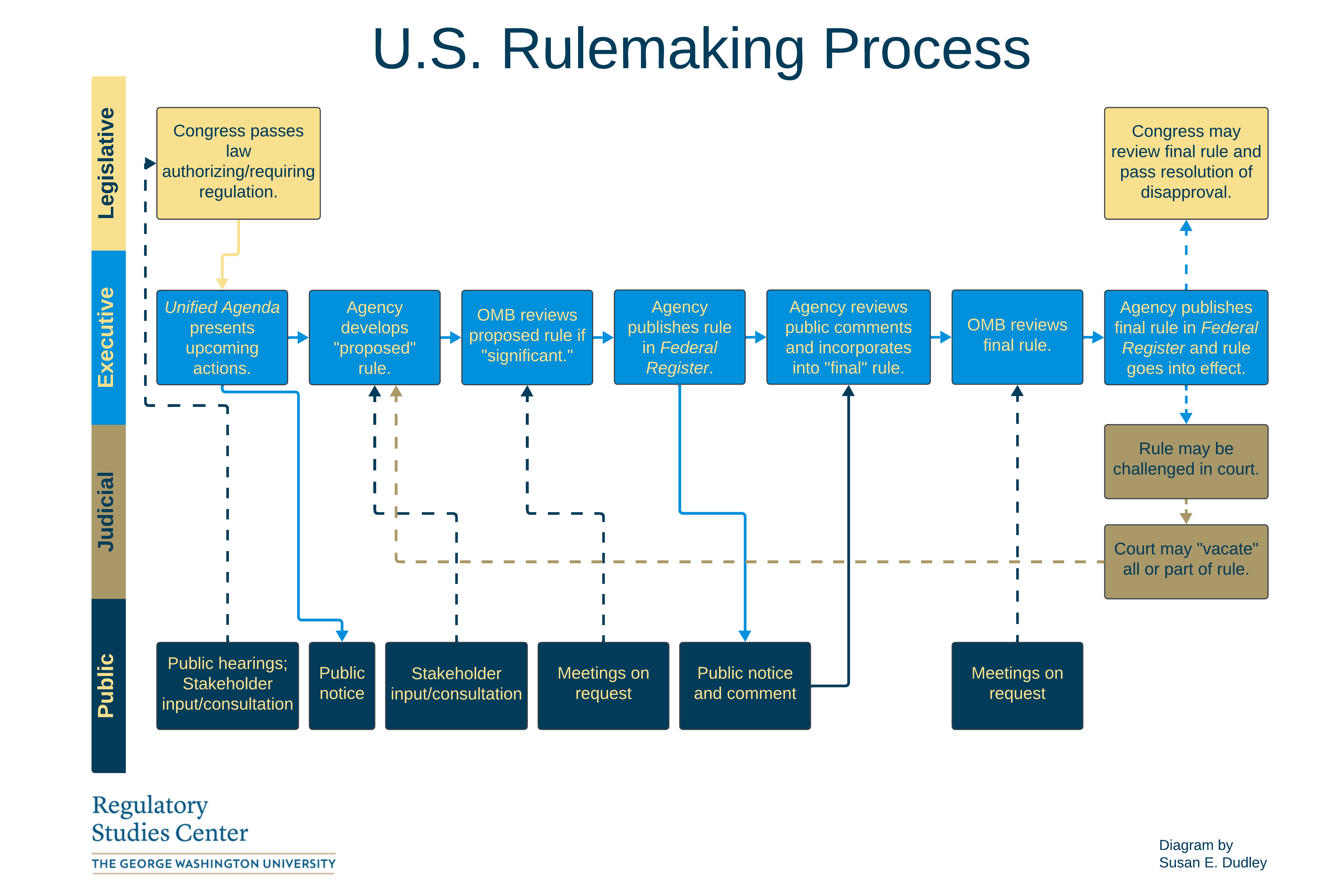
Congressional Review Act
The Congressional Review Act allows Congress to disapprove regulations issued by agencies and contains a lookback provision that places almost six months of rulemaking in jeopardy of elimination by the next Congress. The window for this period of review opens in 2020, but agencies will have to weigh the tradeoffs of rushing to publish their rules before the window. According to the 2020 House calendar, any rules issued after May 19, 2020 may be subject to review by the 117th Congress. However, historical data suggest the lookback period is more likely to begin sometime in July or early August of 2020.
Midnight Rulemaking
The final months of an outgoing presidential administration typically generate a significant amount of regulatory activity. This increased regulatory activity during the “midnight” period has been documented as early as the Carter administration’s transition to Reagan, and has accompanied every presidential transition since, regardless of political party. The midnight period is typically defined as the period between the presidential election in November and Inauguration Day on January 20th of the following year.
The Role of Each Branch
Each branch of the federal government plays a role in the regulatory process; Congress passes laws giving agencies the authority to draft regulations, agencies develop and enforce rules that have gone through the rulemaking process, and the courts review cases that challenge various agency actions.
Congress continuously passes legislation that creates the framework for developing regulation and passes on the authority to develop specific rules to regulatory agencies.
The president, executive agencies, independent agencies, and other key institutions like the Office of Information & Regulatory Affairs draft, propose, and finalize regulations.
The court system at all levels of government decide on cases that review the implementation of rules and any potential differences between the other two branches of government.
Beyond the Branches
There is more to the process than what occurs within our federal government's institutions, and there are opportunities for you to play an active role every day.
Get involved today! There are ample opportunities for everyone to engage in the rulemaking process. The GW Regulatory Studies Center routinely submits public interest comments on proposed rules to help improve outcomes.
The regulatory process is very detailed, long, and evolving one. There is a long list of relevant documents that can help you better understand this process beyond what we publish, or is otherwise available on our website.
If you've made it through everything else on our website, feel free to check out our archive. We will be occasionally adding old documents and videos to this page that will help provide historical context on regulatory policy.


